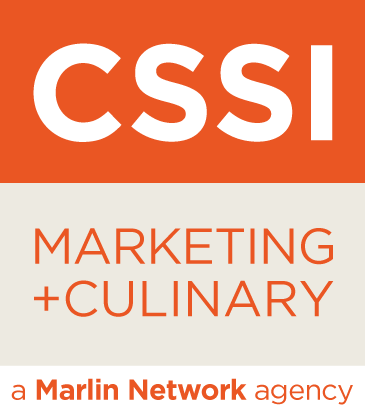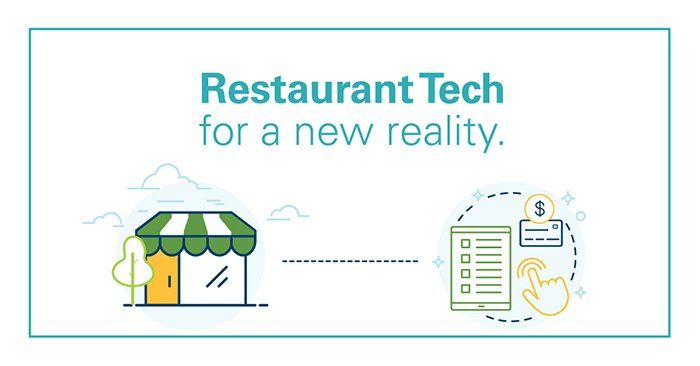Navigating the New Normal
A collection of resources on how to safely adapt your business to meet rapidly changing mandates and consumer needs

CSSI Staff Post - July 8, 2020 What have you been watching/reading/doing lately? I have a confession: I haven’t opened the Netflix app in about three months. I can’t seem to pay enough attention to the TV screen. On the contrary, quarantine has allowed me to do more of my favorite pastime (other than cooking), which is reading. One of my favorite ways to unwind, while also enjoying the precious months of summertime warmth, is to read on my front steps. I particularly love diving into food memoirs. A perfect summertime read is Save Me the Plums , by restaurant critic and former editor in chief of Gourmet magazine, Ruth Reichel. Her memoir opens a window into the fierce world of food media, particularly during the late ’90s and early 2000s. The book depicts some of the most memorable meals she experienced during her career as a critic in NYC and are sure to make you hungry. Reichel shared what it was like to be the editor in chief during the decline of such an iconic publication. This read is equal parts memoir and exposé. The cocktail I am sharing is exactly what I would like to sip on while diving into this book. This floral, seasonal and acidic tipple checks off all the boxes for me. My favorite part of summertime is when the peaches, plums and nectarines are bursting with flavor and perfectly ripe. So please, save yourself some plums, and make this at home! This poem inspired both the book title and this cocktail: THIS IS JUST TO SAY BY WILLIAM CARLOS WILLIAMS I have eaten the plums that were in the icebox and which you were probably saving for breakfast Forgive me they were delicious so sweet and so cold
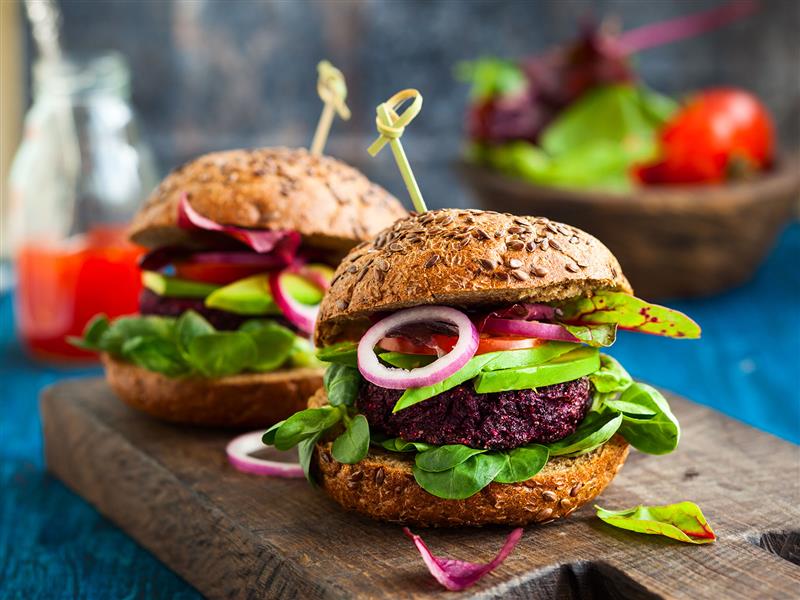
CSSI Staff Post – July 8, 2020 With summer in full swing, restaurants around the country—at least those in regions where COVID-19 cases are flattening or declining—are beginning to cautiously open up for consumers. Here’s what we’re seeing: Well-spaced outdoor seating that allows for proper social distancing, with many restaurants enlarging patios to allow for more tables Whole street closures in some cities to increase capacity Mandatory mask mandates Sanitation stations, which are as common as server stations Streamlined back-of-house teams to minimize any nonessential contact Hygiene—rather than food—as the number one focus in marketing and advertising As the restaurant industry continues to adapt to meet new standards and make it possible for consumers to comfortably and safely eat out again, it is time to think about what will draw them out. Many Americans have been cooking more at home for the past four months—either as a new hobby/passion or out of necessity. We predict that menuing plant-based and authentic global cuisines can entice and delight these consumers, as restaurants can deliver on certain flavors, preparation styles and dishes in ways that would be nearly impossible to recreate at home. Inspire Consumers With Plant-Based Menu Items Plant-based eating was up before COVID-19, and the trend will likely continue as restaurants reopen. Nearly 86% of consumers who were interested in plant-based items pre-pandemic will still look for them on menus now.* With the shortages in the animal protein supply chain and the issues at the processing facilities, consumers—even those who are new to the trend—are quickly incorporating plant-based foods into their routine. Retail sales of plant-based proteins have skyrocketed during the pandemic, but the general public will still be looking to the restaurant industry to teach them how to effectively incorporate them in recipes they make at home. Chefs can do this by adding more plant-based proteins into classic dishes as a way to showcase newer ingredient in more comfortable formats. Serve Up Authentic Global Fare Incorporating authentic global cuisine will be another effective way to draw customers back in. Nearly 30% of all consumers noted that they would search out authentic Asian and Latin cuisines when they can eat out again.* This is likely due to the fact that many authentic recipes incorporate unique cooking techniques and potentially difficult-to-source ingredients. Consumers are eager to get out and stretch their comfort zone again. Even if restaurants aren’t set up to create these authentic dishes, they can rely on manufacturers to ideate and develop everything from authentic ready-to-use sauces that can be added to any dish to fully ready-to-heat proteins that take out the complicated cooking processes. Innovation never stops, and it will be crucial in getting consumers back through those doors in the coming months. CSSI is here to assist chefs and restaurant operators by working with their teams and connecting them with manufacturers who are constantly producing turnkey menu innovation solutions for the problems facing the foodservice industry. *Datassential, “One Table: Consumer Insights and the Path Forward,” May 2020.
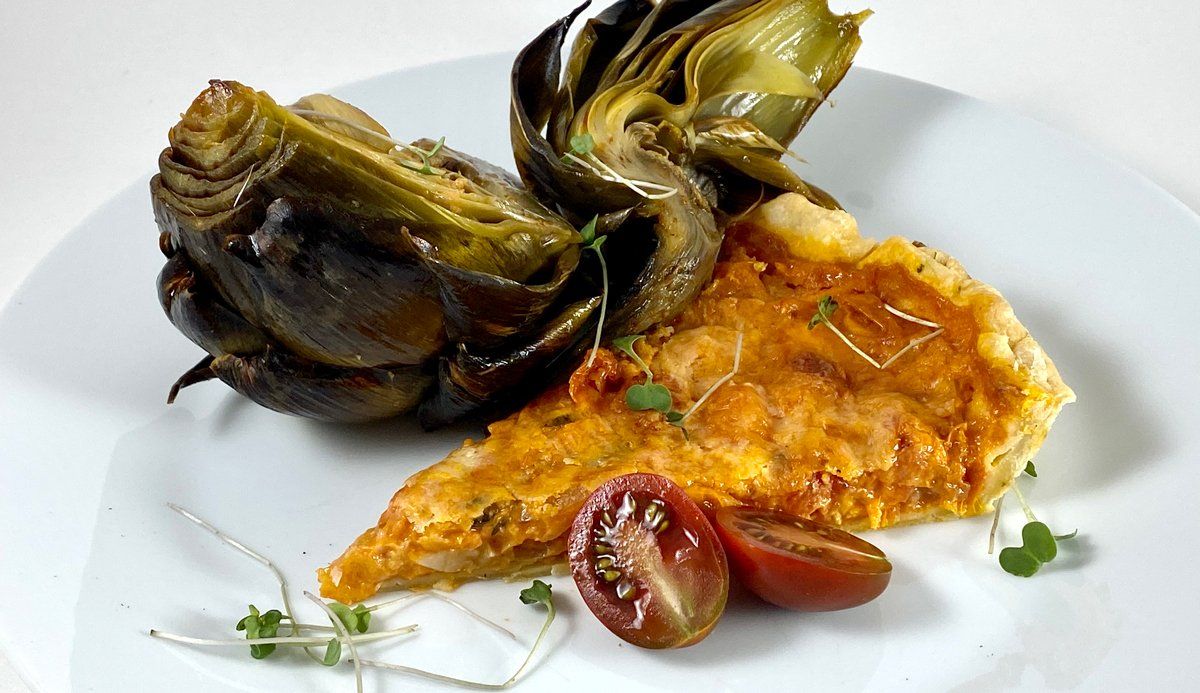
CSSI Staff Post - June 23, 2020 Louisiana summers are a different type of hot than what I have become used to here in Chicago. The muggy air beats down on your skin with more intensity than the sun, creating an unescapable blanket of heat. As a child I would barely notice, but upon my return trips as an adult, it’s the first palpable sensation. In St. Bernard parish, creole tomatoes sprout from the rich, alluvial soil of the swamp. That heavy blanket of heat is exactly how these tomatoes thrive. In the early summers, my mother would pluck cherry tomatoes from the vine in her garden. She would gently clean them, revealing deep red and orange fruit so sweet you could eat them straight from her hands. But, when slow roasted with garlic and Vidalia onions, they create a pie filling that, paired with a crispy Parmesan pie crust, is so delicious it’s practically divine. I saw a similar pie while watching Netflix’s Chef’s Table . Mashama Bailey of The Grey in Savannah, Georgia, reveals a plump tomato tart that instantly transported me back to my mother’s kitchen. Being in the peak tomato season, I was nothing less than compelled to make one of my own.

Guest Contributor – June 11, 2020 Chris Keating, Group President, Restaurant Media and Events at Winsight, shares his perspective on why events are so integral to the foodservice industry, what these gatherings might look like in the future and how virtual events can open the door to exciting opportunities. Why are events so valuable to the foodservice industry? All conferences, in every industry, serve some combination of three purposes: education, networking, and—for lack of a better word—shopping. The need for education has been so important to foodservice as technology, changing menus, and evolution of service types have seen an incredible velocity of change, even pre-COVID. Post-COVID, the need for education and insights will be more important than ever. In regard to networking, this is especially true of foodservice professionals. Restaurant operators are a notoriously social crowd—think about it, they entered a profession which is about inviting “guests” into your place of business and providing them with food, beverage and a social standing. This is not a business for introverts! So I suspect the need to be with their peers and share ideas and war stories will come back faster for foodservice professionals than it will, for example, for computer programmers or actuaries. And shopping—suppliers are a big part of operator success. From new menu items to technology solutions to labor savers to distribution to sanitation products—connecting with suppliers and the solutions they have are a critical part of success. And hey, if you also get to meet and take a picture with famous athlete or a former president or a celebrity chef while you’re there, that’s a bonus! What are some ways that in-person events will change post-COVID? In the short term, most importantly, we have to create an environment that makes people feel safe. This means everything from limiting attendance (to allow for social distancing) and contactless registration to possibly taking temperatures and having medical staff on-site. The easiest way to think about it: everything restaurants (and school dining halls and every other foodservice establishment) are doing right now. Thankfully for us we can lean on restaurant operators and leading suppliers to help us figure that stuff out. Also in the short term—and probably medium term and possibly long term—is eMeetings (or virtual events, or whatever term ends up winning the nomenclature battle). We’re really excited about this for two reasons: It gives us the opportunity to expand our audience. The analogy I’m using is the Super Bowl. Yes, the live event is the big deal for corporate sponsors and parties and VIP guests and the whole experiential element. But the virtual event is the TV broadcast that reaches a much bigger audience. Ultimately our business is about connecting buyer and sellers. We’re rolling out models where we can enable virtual meetings (on Zoom or some other platform) where we can make that connection—not unlike how we would introduce two people at one of our conferences. In short, this radical change in our business might be the accelerant that enables something we’ve always wanted to do in our media and conference business—which is build community. Why is it important for manufacturers to continue to participate in events? Think about what’s been taken away from manufacturers since March: National sales teams have been grounded All live events have been canceled Distributors and brokers are off the street All in-person contact has been eliminated. And even when the lockdown ends, think about how hard it will be to visit clients. Will there be travel budgets—especially for those one-off sales calls? Will clients and prospects allow salespeople in their offices? Will they even work in offices? That in-person connection, which is so vital, will become increasingly rare. And conferences and events will be the most efficient way for that to happen. Any closing thoughts? The foodservice industry has been around for thousands of years—at least since Ancient Rome and probably earlier. Trade fares have been around for hundreds of years—at least since medieval Europe and probably earlier. Neither of them are going anywhere.

CSSI Staff Post – June 10, 2020 As the foodservice industry slowly begins to re-open under various new service restrictions, it will be crucial for operators to get creative. With reduced labor, limited seating capacity and a still-prevalent demand for delivery, menu analysis will be a key to success. Here are three actionable ways for operators to make up for reduced sales volume. 1. Reduce and Optimize SKUs Operators will need to take a judicious look at the size of their menu and find ways to reduce total food cost via SKU reduction and optimization. Removing low-performing menu items and running on a condensed menu will help with total food cost, labor output and product quality. 2. Boost Check Averages With Booze Incorporating cocktail kits, batched cocktails or beer flights is a great way to boost check averages. It also creates potential to incorporate an experiential dining element for guests at home. Consider including recipe cards or an explainer video on social media to enhance the at-home experience. 3. Embrace New Dayparts Expanding into new dayparts may give operators the opportunity to provide value to their current consumer base while driving new consumer incidence. Additionally, recent Datassential surveys show that there’s “an opportunity to flatten the daypart curve” as more than one-third of consumers plan to avoid peak busy times at restaurants even after shelter-in-place orders are lifted.* Operators can entice guests with promotions that encourage them to visit during off-peak hours.** *Datassential, “One Table: Consumer Insights and the Path Forward,” May 2020. **QSR, “A Coronavirus Opportunity for Restaurants: Off-Peak Hours,” June 2020.

Eater - June 9, 2020 CSSI’s Take: This article provides an interesting look into how different cities around the world are dealing with reopening restaurants safely post lockdown. While some of the cities have more relaxed rules in terms of reopening, it can be safely assumed that everyone around the world wants to experience the joys of eating out and spending time with friends and family over good food.
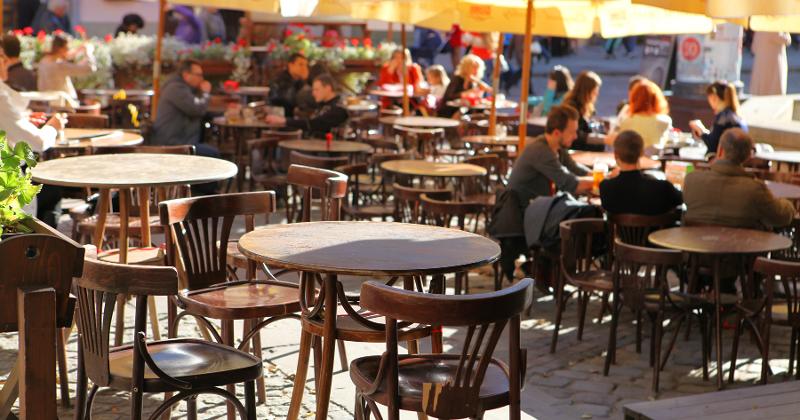
Restaurant Business - June 5, 2020 CSSI’s Take: The data here shows that people want to return to their favorite dining establishments, but don't yet have the confidence to do so. The good news is that they are flexible in their willingness to incorporate meal-kits, carry-out and delivery into their routine until then.

FSR Magazine - June 8, 2020 CSSI’s Take: As chains begin to look at how to adapt to new models of profitability and sustainability, ghost kitchens pose an intriguing prospect by minimizing overhead costs, consolidating resources and offering well known chains the opportunity to create new brands around their signature offerings.
